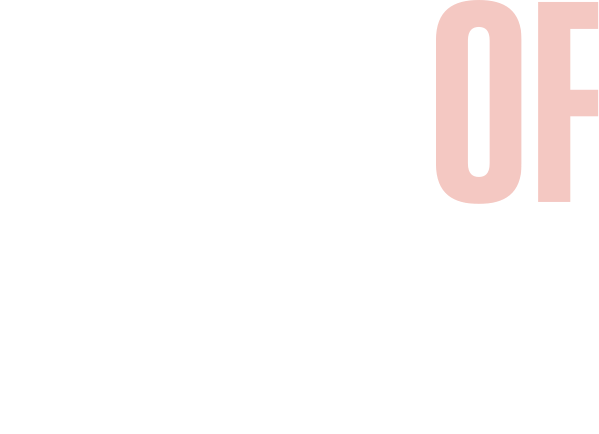Game of Phones is not your typical card game. It uses technology as a tool — mainly your phone, as you might have guessed from the name — to bring people together over funny memes, old pictures and weird internet facts. However, it’s not an app you download on your phone, and the point of the game isn’t to put your head down with your eyes locked on the screen. Rather, using a deck of cards printed with prompts for completing challenges, players are sent on a virtual scavenger hunt and must come back to the table to report their findings.
Sound familiar? You probably already use your phone like this and on occasion share things with friends and family. However Game of Phones makes this a fun game so you can spend time on your phone and with your friends at the same time.
Where We Got the Idea for Game of Phones
We (Luke and Sam) created the concept for Game of Phones while attending The School of Visual Arts’ graduate program for Interaction Design in 2014. If you’re unfamiliar with the study of Interaction Design, it’s pretty much what it sounds like. It examines how and why people interact with things in order to make their experiences more successful or meaningful. It was this process — finding a problem worth solving and designing a solution — that led us to the concept for Game of Phones.
We were asked to create a service or offering for a community that would generate at least $1,000 in revenue in just six weeks — six weeks! Other than highlighting the relatively daunting challenge of making $1,000 while juggling other grad school projects, the timeframe underscores that we had to find something that we were familiar with and cared about in order to create a meaningful intervention quickly.
Faced with this assignment, we rapidly ran through any idea that came to us: a magnetic shelf to stick on your computer; a laser cut apparatus for stretching calf muscles. There were plenty more equally forgettable ideas before we struck on the one that felt right. One that pulled from our own experiences and was at the core of Interaction Design.
It was this: cell phones had become ubiquitous. They appeared in all parts of our lives whether it was looking up directions on the run, ordering food, checking texts during a lecture, or scrolling through Instagram at a dinner party. As with many things that become ubiquitous, we were also seeing a backlash to their presence, especially in social settings: hosts asking guests to place phones by the front door when entering their home; people out to dinner stacking phones on the table, agreeing that the first person to grab theirs during the meal had to pay. However, the rejections of phones in social scenarios also felt at odds with how individuals actually used them.
We saw then, just as we still do now, that cell phones are used to look up hilarious or outrageous facts, find out what friends are doing from far away, take photos of interesting or silly things, draw doodles and masterpieces, leave notes to ourselves, send messages to others, and so much more. We questioned: Why aren’t people sharing these experiences IRL? How could we encourage people to use their phones for fun while they were together?
Our answer was Game of Phones.
How We Actually Made the Game
We pulled from our own experience with how we used phones, observed others, and asked friends what kinds of things they’d want to see in a game. Then, we came up with 112 card prompts, none that were too hard, to challenge players to find things like ugly babies, create emoji masterpieces, take ridiculous selfies, text random numbers, show hilarious text messages or emails, look up weird facts on the internet, scour social media — and so much more.
Within 5 weeks of coming up with the concept for Game of Phones, we had tested it enough times to see that our hunch about phones in social settings resonated with a ton of other people. So much so that we put it on Kickstarter and raised almost three times our funding goal in just two weeks!
Reaching the goal was really exciting because it meant we were able to start making Game of Phones and get it out to those that believed in the idea or just thought it was fun. It also affirmed the problem we had been seeing with cell phones was one that others agreed with. We realized that we weren’t going to solve every issue people had with cell phones, but we had designed a meaningful intervention for it.
